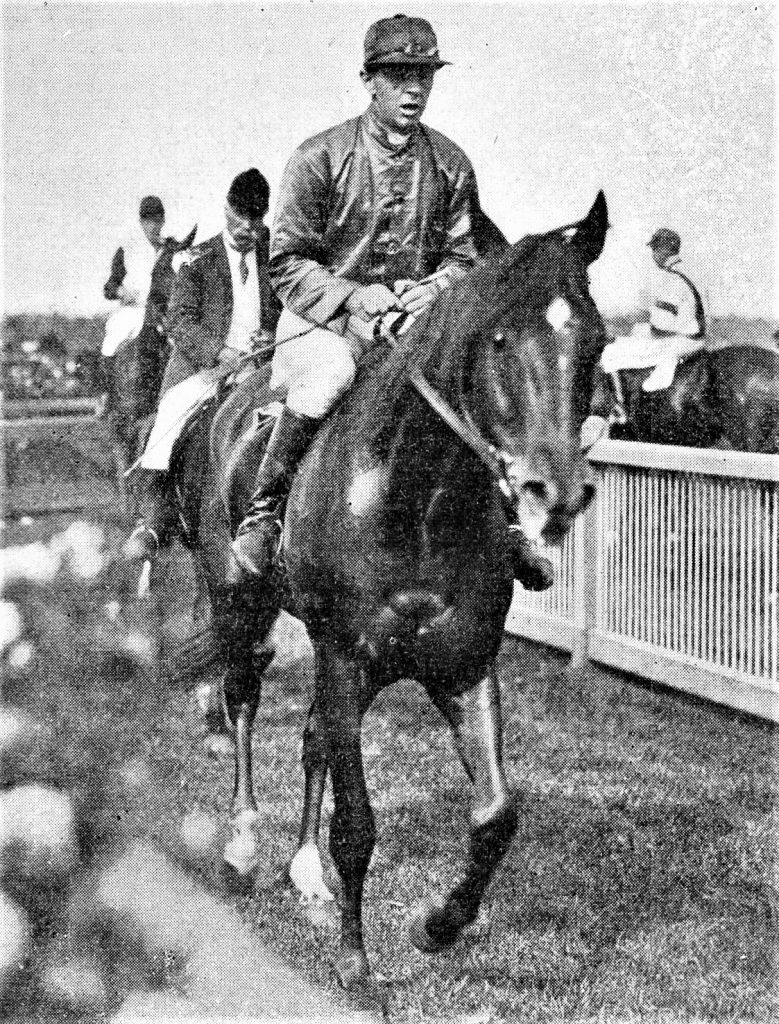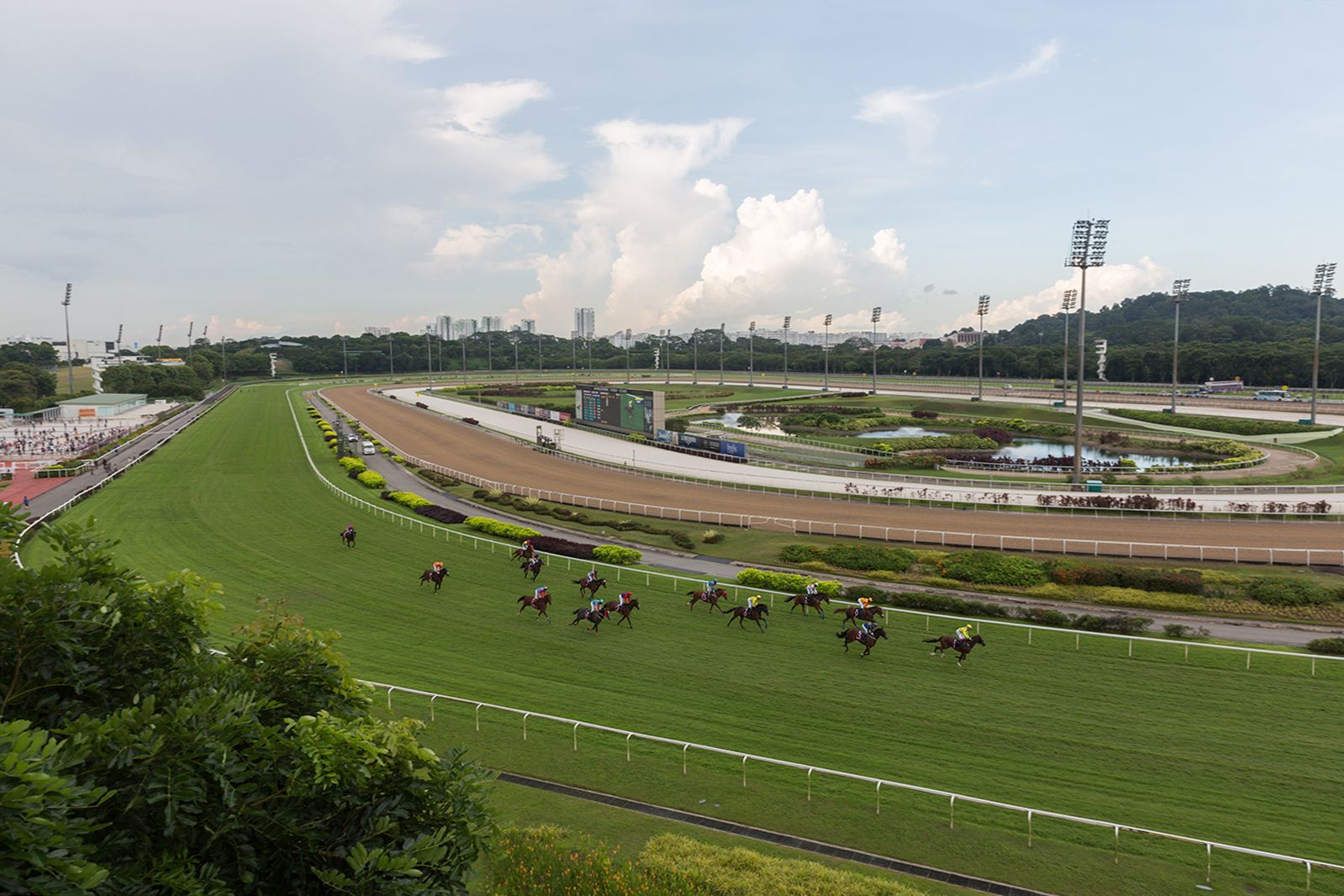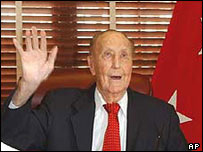
I can blame this reflection on an article I came across about the polymath, Adam Spencer. As far as I can ascertain, Adam Spencer and I were born 30 years apart. Both of us had a traumatic birth, although all I know about Spencer is what I have read.
He, like myself, seemed to have a congenital unilateral oculomotor nerve palsy or paresis. In my case it was a paresis, but living with a drooping eyelid and a squint I found increasingly difficult as I grew up. The only remedy available then was intensive eye muscle exercises, and as the oculomotor nerve innervates four of the ocular muscles, it was crucial to strengthen these muscles.
Nicknamed “lazy eye”, the first danger was that through non-use I would have gone blind in the eye. Because I had a squint (or its medical term strabismus) I had double vision, which I could correct. Yet I was constantly told by my father to “pull my eye round” as the left eyeball would drift outwards. Thus, those looking at me directly may have viewed my left eyeball drifting to the left, while the right looked straight ahead. A strange, unexpected phenomenon, if you did not know me.
Fortunately, the drooping eyelid called ptosis was not severe and therefore there was only a small difference between the two eyelids. Nevertheless, the result of this birth injury was that I developed monocular vision. This meant that had to fuse the images in my brain, and thus lacked stereoscopic vision. When I was tired, I found it difficult, particularly in the laboratory when, for instance, I had to pipette into a tube where I had to judge where the pipette was in relation to the test tube.
It created some social problems for me as I tended to look down avoiding eye to eye contact so people would not be confronted by my literally “wandering eye”. This was interpreted as either shyness or slyness, not compensation.
For years, I resisted having any operation, which anyway when I was a child did not exist. However, ophthalmic surgery progressed strongly about fifty years ago with the advent of cataract surgery and other procedures in repairing cranial nerves. When I arrived at the Royal Melbourne Hospital in 1971, I met the senior ophthalmologist, Dick Galbraith, who perhaps was not as widely known as Fred Hollows but was equally flamboyant, and a strong leader in terms of translating his high standards onto his colleagues. Galbraith also did much pro bono ophthalmology in the South Pacific.
From my arrival at the hospital, he badgered me to have my double vision corrected. In 1976, I eventually succumbed to his pressure and had the operation, and for nearly fifty years my strabismus with the accompanying double vision was “cured”, until recently. Now, especially when tired, I have noticed the double vision has returned, but it is not a bad outcome given the time elapsed since the operation. In the intervening years. I have since had two successful cataract operations undertaken by his son, James Galbraith.
We take so much for granted, because ophthalmic surgery is just accepted practice; a cataract operation now takes but twenty minutes to insert the perfectly sculpted replacement lens under sedation and local anaesthesia. I found the black and white picture show, while the operation was proceeding, very distracting but entertaining. My post-operative recovery was uneventful. Not only was the myopia gone but so also was my astigmatism.
I have at times been critical of the hoop-la that surrounds much of medical research, the unfulfilled expectations and the amount of fraud and plagiarism.
But here a significant advance of benefit to both Spencer and myself, although hampering me for longer because I’m older, should be acknowledged, and not taken for granted.
Some technical advances have been mirages; some have been downright dangerous – and duly get reported by the media.
But here I wish to praise – yes – praise- even though the technological advances have made the cost of the ophthalmic procedures very much less and this has not necessarily passed on to the patient – but that is the price we pay for the asymmetry of information, which dogs every doctor-patient relationship.
A Different Rainbow
Blindness – nobody wants to lose one of the senses, but I am very thankful for sight, and also for the fact that I am not colour blind. In fact, I am very lucky in that I can detect very small differences in colour. It is something, which never seems to be much discussed – that is one’s ability to detect differences in colour. This is a property of the cones in the retina.
Most people have three types of cones and are described as being “trichromatic”. Those who are colour blind have only two types of cones, making them dichromatic. And individuals with tetrachromacy have four types of cones, allowing them to see up to 9 million more colours than everyone else! One theory attributes this ability to a mutation on the X chromosome and so it is limited to women. Some estimate twelve per cent of women have these four different types of cones. They just don’t have to use this whole range.
Others have reported women naturally are better than men at colour differentiation, especially in the orange-yellow range, particularly in detecting small differences. Without much evidence, testosterone has also been implicated as a barrier, but as reported: people who work with colour – think of artists and designers – have a significantly more enhanced colour vocabulary. So, the difference between men and women might not be completely biological, but cultural. This latency would seem to agree with those with a genetic explanation.

As I look up from writing this blog, there is a cymbidium orchid in front of me on the desk. I thought about how you would describe the shapes of the flowers to a blind person – perhaps this could be done by tracing the shape on the palm of his or her hand. But how would I describe the colours of an orchid which is a light green and speckled in distinctive way with irregular deep red spots.
Therefore, describing differences in colour can be by comparison, and directly saying that is the colour light or dark. When we are not sure we add -ish to the end of the colour – greenish or yellowish as examples.
The level of a person’s ability to have the appropriate vocabulary to describe a particular colour is a limiting factor as is the respondent engaged in the description of colour. Take this exchange with my wife. I asked my wife what the red of the flower spots was. She said crimson; I had independently also labelled them crimson. Now describe “crimson”? Why is the colour not burgundy, claret, plum, magenta, maroon or just dark red? When referencing the colour to a colour chart, the flower spots were closer to “carmine” – the colour I had forgotten, although I wonder how common the word is in anybody’s vocabulary.

Those who have worked with a Pantone colour chart will have an idea of nomenclature. Pantone, which every year announces a “colour of the year” to maintain its position as arbiter of world colour, differentiates only 15,000 colours, nowhere near the magic nine million.
But back to carmine and crimson: the two colours are separated by their origin. Crimson was derived from the kermes female – a scale insect with a propensity for oak; Carmine comes from the cochineal beetle. The names have come via Latin, Arabic, with the actual English words for each of these colours related to a French language iteration.
But the sobering comment is that explanation of a tetrachromat to the normal trichromat is about as incomprehensible to the latter as the trichromat trying to explain colour to the dichromat, those who are conventionally considered to be colour-blind.
Thus, to put a name on your ability to differentiate colours depends on innate ability – or just being able to read a colour chart. But nine million? Where does that figure come from?
Pony Up
Sydney’s pony racing epicentre stretched from the city to Botany Bay, with the main courses located in Rosebery, Kensington, Ascot and Victoria Park
 What was pony racing? For some the name conjures images of children riding Shetland ponies in “hay-bale” hurdle races at agricultural shows. This is totally misleading; in Australia, pony racing was the name given to a sport conducted at racecourses that raced outside Australian Jockey Club and Victoria Racing Club jurisdictions and were so popular they were a constant thorn in the side to these clubs of the establishment. It was racing’s pioneering equivalent of the “Super-league” and World Series Cricket schisms. Most races at “pony” meetings were in fact contested by fully-grown thoroughbreds.
What was pony racing? For some the name conjures images of children riding Shetland ponies in “hay-bale” hurdle races at agricultural shows. This is totally misleading; in Australia, pony racing was the name given to a sport conducted at racecourses that raced outside Australian Jockey Club and Victoria Racing Club jurisdictions and were so popular they were a constant thorn in the side to these clubs of the establishment. It was racing’s pioneering equivalent of the “Super-league” and World Series Cricket schisms. Most races at “pony” meetings were in fact contested by fully-grown thoroughbreds.
Some writers have perpetuated myths about pony racing, depicting the sport as a rough-and-ready, corrupt form of weekday racing, featuring midget horses on miniature racecourses, existing only during the Great Depression. It has been suggested that pony racing appealed to the desperate, the “needy and greedy” elements of the working class only. Sydney’s Pony Racecourses demonstrate that such assertions are without basis. The sport was one of the country’s biggest industries, with the prize money for its cup-races matching the Cox Plate. Some of its Sydney racecourses were rated second only Randwick, and for a time it was more popular on Saturdays than Australian Jockey Club racing.
The four pony racecourses between the city and Botany Bay were an integral part of Sydney life during the first half of the 20th century. Existing histories of horse racing fail to acknowledge the contemporary importance and popularity of pony racing. This alternative history of horse racing enables pony racing to claim “[its] fair share of the past”. Wayne Peake
The above is taken from a book in which Wayne Peake blows apart the various myths and misinformation that in particular the Australian Jockey Club sowed beginning in the heyday of so-called pony racing before WWII.
The fate of the Victoria Park Racecourse which was located on reclaimed swamp land at Zetland is illustrative of the fate of racecourses when the public good wins out against vested interests. Victoria Park constitutes 25 hectares in Zetland. There were several other racecourses, located around the Sydney airport.
In relation to Victoria Park, it was requisitioned when World War II broke out. The racecourse was occupied by the Army for two years, and in 1945 was sold to Lord Nuffield to expand his automobile manufacturing empire into Australia. The company became British Motor Corporation in the 1960s and manufactured the Mini for many years. The 1970s saw a decline in the company’s fortunes, especially when the P76 was developed to compete with the existing Holden, Ford and Chrysler models. Ostensibly, the P76 design was adapted so a 44-gallon drum could be put in the boot. The company, Leyland Australia, found that sales were badly affected not only by being an ugly car with a huge boot, but also by industrial problems, fuel price increases and tariff reductions. The factory closed in 1975.
The Australian Navy took over the site in 1975 and built a large stores depot to amalgamate the many small facilities that had grown up around Sydney from World War II. The Navy eventually moved out in 1995, and the NSW Government’s Landcom land development agency purchased Victoria Park. The site was equipped with streets and basic infrastructure for residential use and then sold to developers. Today it is the site of 3,000 apartments and a shopping centre and 3.7 hectares of open space.
With all the agitation over the lack of housing, Randwick racecourse occupies 81 hectares near the centre of Sydney. It was granted to the Australian Jockey Club at a time when Randwick was sand dunes and swamp, and at the periphery of the city fifty years after the founding of Sydney.
When one sees this huge area, which lies fallow most of the year with only 45 race meetings each year, so close to the centre of Sydney with excellent transport facilities, it should be inevitable that the city planners should assess the future of all the Sydney racecourses, given how two are near the centre of city where affordable housing is at a premium.
Any attempt to resume such a plot of land, given the mystical nomenclature of “royal” combined with all the vested interests clustered around Randwick – such words as “Irish Catholics”, “Daily Telegraph and other Murdokistas” – and then all the appeal to “tradition” as a word covering “privileges” and that other powerful word “vested interests”. Currently this putative coalition against any change in the configuration of the racecourse in Sydney might probably sacrifice the Canterbury racecourse to housing development, but I would not count on it. Just trying to acquire the outside car park led nowhere, and there is a moratorium on any re-development on that site until 2027.
 Given that the Government was faced down by the “dishlicker” lobby over the suggestion that dog racing had seen its day, there is a latent underground force dedicated, irrespective of the popularity, to keeping all the sports upon which a wager could be laid on the outcome of animal races. Yet what is the point of having a dog track almost in the heart of the city, when that track attracts few paying customers – in fact an average of 120 people per race meeting has been quoted – but the defence is that it generates $50m in revenue a year. This of course begs the questions of where is evidence of the $50m, and why not simply computerise all the dog racing – computerised dog racing was run in TABs years ago. The defenders talk about people who will be put out of work, without any evidence of how many would be affected. The reality is that there is an abundance of greyhounds that need homes.
Given that the Government was faced down by the “dishlicker” lobby over the suggestion that dog racing had seen its day, there is a latent underground force dedicated, irrespective of the popularity, to keeping all the sports upon which a wager could be laid on the outcome of animal races. Yet what is the point of having a dog track almost in the heart of the city, when that track attracts few paying customers – in fact an average of 120 people per race meeting has been quoted – but the defence is that it generates $50m in revenue a year. This of course begs the questions of where is evidence of the $50m, and why not simply computerise all the dog racing – computerised dog racing was run in TABs years ago. The defenders talk about people who will be put out of work, without any evidence of how many would be affected. The reality is that there is an abundance of greyhounds that need homes.
Harness racing moved out from its inner suburban track at Harold Park Sydney to Menangle in the Southern Highlands. The last race meeting was held at Harold Park Paceway in December 2010. Subsequently 1300 apartments were built on 10.6 hectares with 3.8 hectares of open space. Given that the Harold Park area was about ten per cent of the size of Randwick racecourse, it indicates how much potential space there is for housing given that horse racing is hardly essential and could also be moved to the Central Highlands.

Sacrificing Randwick for the public good may be considered fanciful but is it reasonable to have such facilities so central and accessible when there is such huge pressure on housing site? The Singapore Government does not think so. The last race at the Singapore racetrack is scheduled next year and the 120 hectare site will be handed back to the Singapore Government by 2027, thus ending horse racing in Singapore, where apparently attendances have been falling over the years. The land will be used for housing.
Even the chairman of the Singapore Racing Club, which dates from 1842, has admitted, “This transition will serve to optimise land use for the greater good of the local community and future generations.”
These words should be ringing in the ears of the Prime Minister, but they won’t be. He shoves some money into a taxpayer-fed investment fund that is subject to the vagaries of the stockmarket, where the difference between this action and increasing the supply of housing is a lousy joke. Here the country has a deficit in housing, with prime land barely used by the privileged few not coming under scrutiny. Land allocated nearly two hundred years ago to horse racing should not be treated as though it is sacred, but who is listening? Certainly not a Prime Minister who wants to be loved at any cost and a set of parliamentarian freeloaders sipping Bollinger and munching canapés at The Everest race meeting.
Eighty is not the new Sixty
The easiest way to spot an absence seizure is to look for a blank stare that lasts for a few seconds. People in the midst of having an absence seizure don’t speak, listen, or appear to understand. An absence seizure doesn’t typically cause you to fall down. You could be in the middle of making dinner, walking across the room, or typing an e-mail when you have the seizure. Then suddenly you snap out of it and continue as you were before the seizure. – Johns Hopkins

Mitch McConnell, the 81 year old American Senator, who has done his best to destroy American democracy, this week demonstrated a petit mal episode. Now relabelled absence seizure, the above description describes accurately what was happening to McConnell. There was a film noir quality about how his fellow Republican politicians reacted. First, they did not seem to know what to do, then they stared at their cognitively dislocated boss. No chair was bought; he was just led away by Senator Barrasso, an orthopaedic surgeon by trade. As one used to Americans yelling 911 at the sight of any emergency, this was a quiet handover. Senator Thune, McConnell’s deputy, stepped into the breach. Some minutes later, McConnell apparently re-appeared.
In the 1977 Australian referendum, designed to clean up constitutional anomalies, a compulsory retirement age for Federal judges of 70 was passed with a substantial majority. As Mr Justice Kirby at the time said: “The Members of Parliament, who rarely saw the justices of the High Court in those itinerant days, were uniformly shocked at the Acting Chief Justice, Mr Justice Eddie McTiernan’s age and apparent feebleness. It was the sight of the octogenarian which encouraged the bipartisan support for the amendment of the constitution providing for the compulsory retirement of Federal Judges.”
Despite his increasing slowness in writing judgments, McTiernan, who had been on the High Court for 46 years, refused to retire until September 1976 when, at the age of 84, he broke his hip and the Chief Justice, Sir Garfield Barwick, refused to allow a wheelchair ramp to be installed for him at the High Court.
The vote to change the Constitution received one of the highest approvals of any Australian referendum proposals. Incidentally, McTiernan lived to 97 years.

With the advances in medical care, people are living longer but such medical advances are outpacing those improving retention of cognitive ability. The number of failed cures for senile decay, under the rubric of Alzheimer’s disease, has been disappointing. The Californian Senator Feinstein, who appears grossly cerebrally impaired, and probably unable to comprehend what she is required to do, is an example. At 90 she is the sixth oldest Senator ever to serve. Strom Thurmond was still one of the serving South Carolinian Senators at 100.
Even Popes now retire, after the spectacle of a Pope who was so mentally incapacitated that all types of shenanigans were perpetuated during his papacy. The Cardinals retain their cardinal biretta, but after 80 are excluded from the enclave and are requested to retire at 75, although recommended not dictated by papal bull.
Time for Parliamentarians to legislate for retirement dates. Simple request, Otherwise, let’s have a useful meaningful referendum to make it so, so it is not only Federal judges who are compulsorily retired. Sorry, Bob Katter, you will have to go. But 76 years has given you time for you to make an impression on your parliamentary cushion.
Mouse Whisper
Remembering the confronting Sinéad O’Connor whose son committed suicide almost a year before his mother followed him through the bardo.
Been living as undead night creature since. He was the love of my life, the lamp of my soul. We were one soul in two halves. He was the only person who ever loved me unconditionally. I am lost in the bardo without him.
A troubled talent who passed away in a week where our household also was touched by another person, who may himself have wanted time in the bardo.

